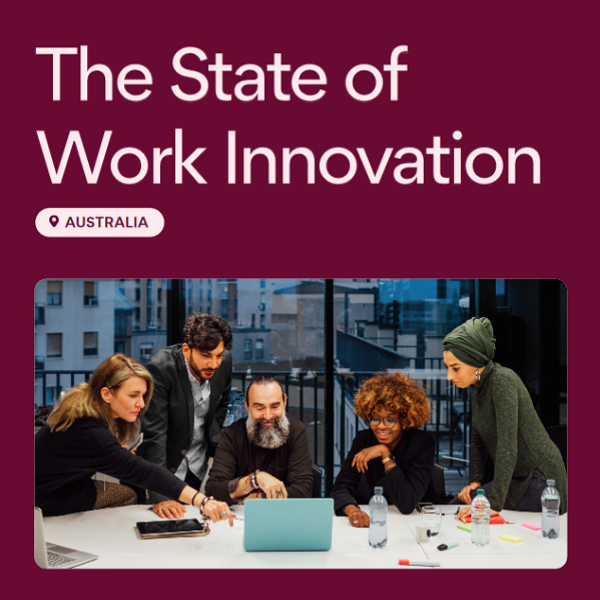
Asana reveals State of Work Innovation: Australia 2024 Report
Asana, Inc., a leading work management platform for organisations, today released its State of Work Innovation: Australia 2024 Report, an in-depth analysis around the evolution and future of work in Australia. The research conducted by Asana’s Work Innovation Lab surveyed the behaviours and attitudes of more than 2,000 professionals in Australia, finding that today’s workers struggle with high workload, lack of clarity, and digital exhaustion. Meanwhile, executives are optimistic about the impact of AI when it comes to improving the state of work.
Workers Struggle with Digital Exhaustion and Work Overload
Over half (52%) of workers feel their workload is so unmanageable that they’ve needed to take a day off at least once a month, and 55% say their organisation’s leaders don’t do enough to help employees reduce digital exhaustion. Professionals almost universally agreed (95%) that organisations need to do a better job innovating how employees communicate and collaborate, revealing the opportunity for organisations to look to work management platforms to increase efficiency and improve cross-functional collaboration.
“Professionals across Australia struggle with increasing workloads and a lack of effective tools and processes to thrive in an environment where hybrid and asynchronous work is the gold standard. At the same time, business leaders are challenged to improve productivity while continuing to innovate with transformative technologies like AI,” says Jo Gaines, General Manager, APAC, at Asana. “Organisations don’t need more tools – they need the right tools that are the connective glue which helps teams get clarity around priorities, show impact against company goals, and scale AI to improve business outcomes.”
Teams Experience Too Many Meetings, Not the Right Tools
Australian workers also feel friction in their daily tasks. Almost half (46%) say they dread meetings at work, with a ‘lack of clear purpose’ being the most cited reason for ineffective meetings. The number one challenge when collaborating was a lack of clarity in roles, responsibilities, or task ownership. And with prevalent tool overload, more than two in three (68%) of those surveyed said they prefer everyone in their organisation to use the same collaboration technologies at work in order to increase efficiency.
Executives Realise Opportunity for AI to Drive Business Outcomes
Executives are excited about the power of AI to navigate business challenges. Sixty-three percent of Australian leaders said they are enthusiastic about generative AI in day-to-day work, with 66% agreeing it will have a positive or very positive impact at work. However, business leaders need to ensure that AI use guidelines and policies are clearly communicated across organisations. Half of leaders report having an AI policy at their organisation, but only 17% of workers are aware of it. Seventy percent of leaders say their organisation has allocated a budget for AI training and development, but only 30% of workers are aware of this.
“As organisations rapidly adopt AI, it’s more critical than ever that leaders define clear guidelines around how it can – and should – be used in the workplace, says Gaines. “With so many Australian workers struggling with work overload and digital exhaustion, there is infinite potential to use AI to maximise resources, increase efficiency, and improve cross-functional collaboration. I’m excited as we continue to improve our AI capabilities to help more organisations across Australia work smarter.”

